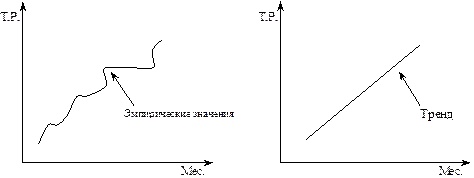History. In spite of the fact that among the founding fathers of the educational system of Belarus were such remarkable personalities as Francisk Skorina
In spite of the fact that among the founding fathers of the educational system of Belarus were such remarkable personalities as Francisk Skorina, Simon Budny, Vasili Tyapinski, the Zizany (Tuastanovski) brothers, Meleti Smotritski, Afanasy Philipovich and others, at the beginning at the 20th century Belarus had one of the least developed educational systems among the major European nations: only 20 % of its adult population were literate. After the 1917 revolution, primary and secondary education were made compulsory and a massive literacy campaign began. In October 1918 the Soviet government created the United Labor Schools and laid down the principles of atheistic and political education, strong polytechnical orientation, coeducation, and instruction in the students’ native language. Democratically organized, these early schools used progressive Western methods of teaching. In the 1930s, however, most schools of the early revolutionary period were abandoned. Education became more regimented and remained so for the next half-century. The literacy rate rose to 55 % by 1926, and 87 % by 1939; by the 1950s virtually all adults were literate. The Soviet educational system was long a source of great pride for the country. The primary aim of Soviet education was to produce well-rounded, politically conscious citizens trained in specific skills needed for building the Soviet economy. The Communist party played a dominant role in setting educational institutions. The great majority of general-school teachers were trained in higher education institutions; others studied pedagogy in specialized secondary schools. In the past teachers relied on repetition, lectures, and lengthy homework assignments. Efforts were made after the late 1980s to encourage classroom discussion, independent thinking, and problem-solving skills. Disciplinary matters as well as extracurricular, athletic, and cultural activities were frequently handled by the groups of the Octobrists (ages 6–10), the Pioneers (ages 10–15), and Komsomols (ages 16–28). Schools worked closely with parents and trade union groups to ensure the quality of students’ work. After 1984 education underwent a process of reform, which began with an overhaul of the system of general schools for youth aged six to seventeen. In 1987 significant changes in the system of the higher and secondary specialized education were initiated to provide closer links between higher education and the technological needs of industry. Before 1984 education was centrally planned, financed, and controlled, and curriculum and teaching methods were uniformed throughout the country. Probably the most radical impact of the reforms was to give local officials, school administrators, and teachers more independence in seeking non-governmental sources of financial support, in establishing on-site procedures for the selection of school personnel, in choosing from a variety of curricula for courses, and occasionally in formulating local school curricula and teaching methodologies. Text B Read the text. Make up ten questions on the text and discuss them in pairs.
|




